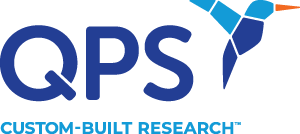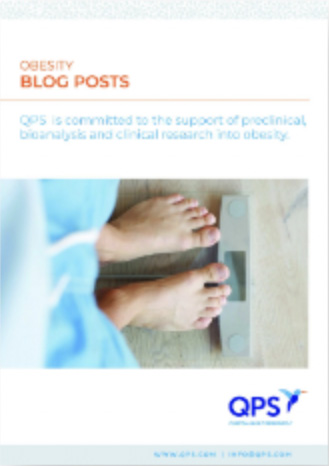Between the current SARS-CoV-2 pandemic and the SARS, H1N1 and HIV/AIDS epidemics all taking place within the last 50 years, major infectious disease outbreaks are occurring more frequently. To contain these outbreaks more quickly, it is necessary to develop new approaches that enable the quickest possible evaluation of antibodies for passive immunization or treatment.

A Faster Path
In the middle of a pandemic, there is a heightened importance placed on the development of therapeutic modalities such as vaccines, nucleic acids, small molecules, convalescent serum, IgG and mAbs. The latest technological advances and the acceptance of higher business risks or costs — without an increased risk to the patient — have created the opportunity to achieve a shortened product development timeline.
The industry standard from lead mAb identification to investigational new drug application (IND) is 10 to 12 months. SARS-CoV-2, which has caused more than 300,000 deaths in two months, is forcing the industry to find ways to shorten that timeline. Is it possible to obtain a safe, effective mAb for the virus in under six months?
Lead mAb Identification and Characteristics
In the traditional discovery timeline, mAb identification takes a few months. Screening prospectively isolated panels against new pathogens and many viral strains could allow faster identification of the best mAb (or several good candidates) and put process development and manufacturing on the path to clinical evaluation.
mAb discovery and development could be significantly accelerated by using the IgG1 isotype. The safety and quality risk profiles of IgG1 mAbs are low and make for higher risk tolerance with developers. Product development history, cGMP production and facilities are already established for IgG1 mAbs, and their ability to be produced more quickly with this infrastructure gives them an advantage as preventative or therapeutic biological agents.
Speed to Phase 1 Cell Line
The best possible production host is a Chinese hamster ovary (CHO) cell line. The low-risk profile of mAbs produced by CHO cell lines has been established and supports rapid development.
Additionally, some companies have developed CHO cell lines using targeted integration of mAb expression vectors. These lines provide consistent expression through integration of low copy numbers in highly active transcriptional hot spots.
Several other new technologies and approaches could save months between transfection and cloning:
- Skipping the assessment of multiple transfectant pools
- Generating interim cell banks
- Assessing the productivity of pools as part of routine cell line development
Another few weeks could be saved by conducting a single round of cloning using fluorescence-activated cell sorting (FACS) rather than two rounds of limiting dilution. Finally, multiple candidate clones could be screened with small bioreactors such as Ambr® 15 rather than using 5-liter bioreactors. Combined, these technologies and approaches could save up to two months from lead identification to establishment of a clonally derived cell line ready for production.
Process and Formulation Development
Transient expression cultures produce material to support downstream process, formulation and analytical development. By using large-scale transient cultures that generate many grams of product from a single batch, feedstock can be available weeks earlier than it would be if using material from clonal cell lines, thus accelerating the timeline to cGMP production. Using an IgG1 mAb means researchers can leverage experience with production facilities and platform processes already in place.
Restricting the use of raw materials to those that have already been procured and tested and are available in cGMP warehouses also enables an accelerated timeline. In order to achieve the fastest process development strategy, optimization of process performance at a pilot scale is precluded, enabling developers to go directly to cGMP production from cell line selection. This accepts the risk that the cGMP manufacturing or product may be unacceptable in the end; this risk may be tolerable during a pandemic, especially since it does not compromise patient safety.
Portability, Dosage and Formulation
Most therapeutic mAbs have a similar product design basis. Using a platform process for production means the process can be ported to other manufacturing facilities. Additionally, the developer should ensure that the drug product configuration accommodates the appropriate dose and route of administration. Volume limits for different types of injections should be taken into consideration. The ideal initial clinical entry product profile would be a liquid drug at a moderate concentration, stored cold or frozen. Containers and closures should all be stock items in order to further speed up production.
Toxicology
Many pharmaceutical companies have clone or transfection pools to produce material for preclinical toxicology studies. The suitability of this material is established through product release and extended characterization test comparisons to clinical material, which accelerates the start of toxicology studies.
cGMP Production and Analytics
To save time, mAb developers could move the master cell bank directly into production without completing the full panel of testing. Using an unreleased cell bank in a cGMP facility is a business risk but not a product safety risk. There is a very low probability that a cell bank would fail release tests given current practices and controls already in place. The release testing of the cell bank would be finished before any product was distributed, which means there would be no safety risk to patients.
In an emergency scenario, the minimum production scale could be used for the first batches, saving three to four days in the inoculum stage. Single-use bioreactors allow for rapid entry into a clinical cGMP facility and fast changeover between batches, and large bioreactors can make thousands of doses, thus building up a launch supply of the drug. If the same company developed the substance and manufactured the drug product, it would save transit time between sites.
Quality and Regulatory Considerations
To shorten the timeline in the regulatory and quality phase, the drug substance and drug product could be conditionally released. The release testing would be performed while drug product labeling and packaging was underway; critical tests for safety would be prioritized, but characterization tests could come at a slower pace.
Rolling IND submission allows for the fastest clinical start in case the product stability or characterization data would delay the IND filing. The critical viral clearance studies could be expedited using platform process steps with a sufficient performance database, which would allow for modular claims of viral clearance without the need to conduct product-specific studies.
Clinical Supply Chain
Existing platform knowledge could establish the initial drug product expiry, saving time. The mAb stability profile under extreme temperatures could be compared with similar mAbs, then product dating would be based on extrapolation.
Initial clinical production capacity should allow for sufficiently large trials to confirm safety and efficacy results. For large, single-use bioreactors, the downstream process capacity could be limiting — but could be mitigated by strategies such as sub-batching and unit operation cycling. If the product shows efficacy in early studies, capacity would need to be ramped up quickly. The fastest way to do that would be process transfer to more manufacturing sites.
Synergistic Effects of an Integrated Timeline on Speed to Clinic
This expedited approach to development includes several strategies and new technologies combined into a single program. Each small amount of time saved by process improvements in each step aggregates to a major change in timeline. Although all of these approaches add up to a significant acceleration, it is unlikely that there are any increased patient safety risks — especially for an established therapeutic modality such as an IgG1 mAb that has been produced with established platform processing, formulations and testing.
Implications and Notes on Pandemic Preparedness
Established collaborations between discovery companies and CMOs or innovator companies with manufacturing capacity is important in order to execute the steps outlined here and achieve maximum efficiency. These collaborations could include financial contracts, quality and legal agreements, and supply and material transfer, which would remove time-consuming roadblocks to bringing a mAb to market.
The partners required for clinical and commercial phases may be different. The manufacturing partner could stockpile raw materials and procure certain equipment in advance to avoid production holdups. This could include cell culture media, downstream resins and filters, large-volume drug substance storage containers and dedicated drug product filling needles. As long as manufacturing facilities are available, the production capacity to support early- and late-stage clinical trials should not be a limitation.
What about pivotal clinical trial testing and product launch? By taking advantage of the product and process platform knowledge for IgG1 mAb products, as well as the established manufacturing infrastructure at innovator companies, it may be possible to launch a new IgG1 mAb product in just a few years.
Are you looking for a CRO to assist with your preclinical or clinical drug development related to the novel coronavirus or COVID-19? QPS has CLIA-certified and GLP-compliant laboratories ready to fast-track your novel coronavirus and COVID-19 RT-qPCR/QPCR and Serological Assays and vaccine development programs. Since 1995, QPS has provided discovery, preclinical, and clinical drug development services. An award-winning leader focused on bioanalytics and clinical trials, QPS is known for proven quality standards, technical expertise, a flexible approach to research, client satisfaction, and turnkey laboratories and facilities. For more information, visit www.qps.com/coronavirus or email [email protected].





